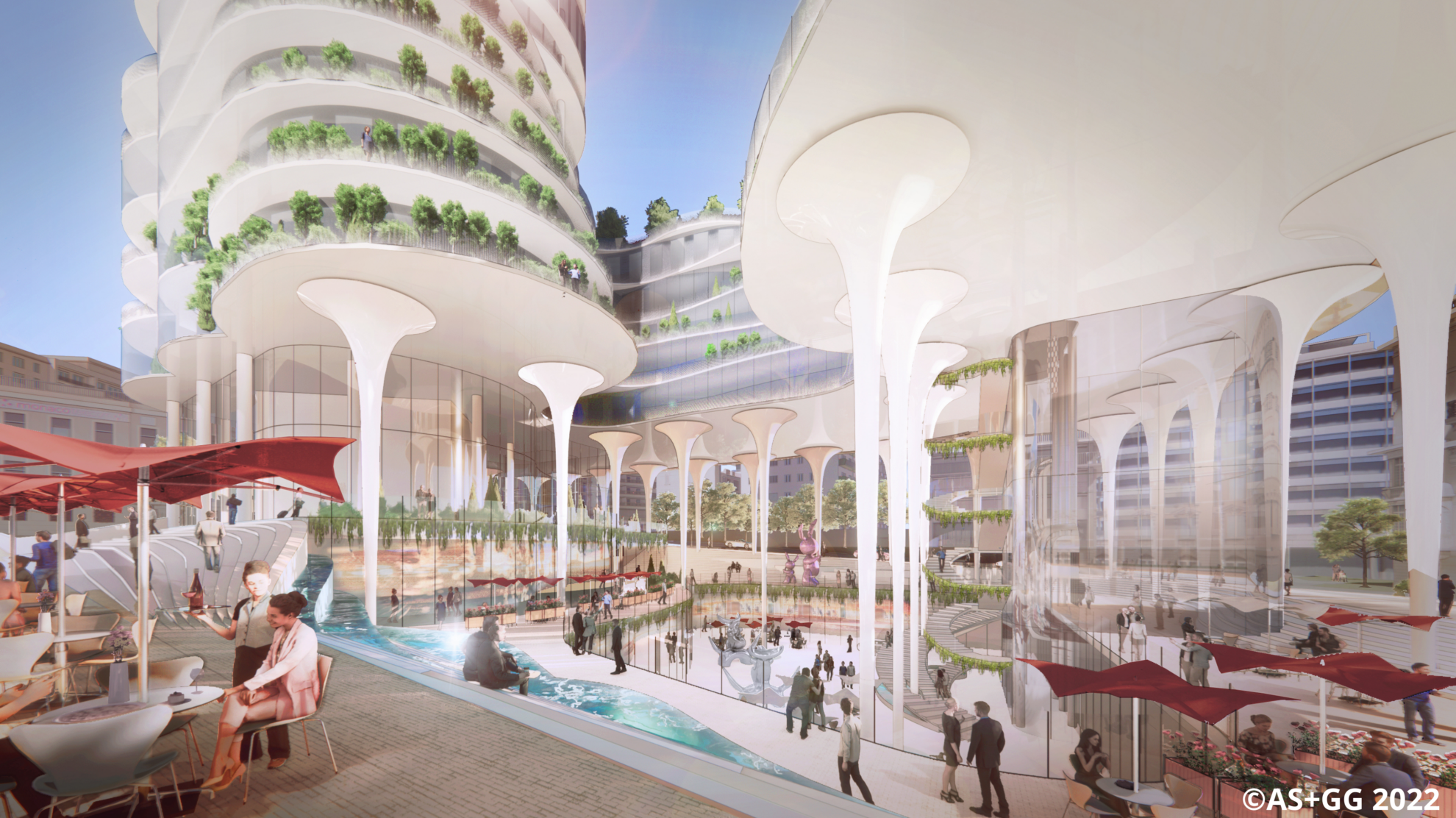Adrian Smith + Gordon Gill Architecture put Orbital Stack to the test.
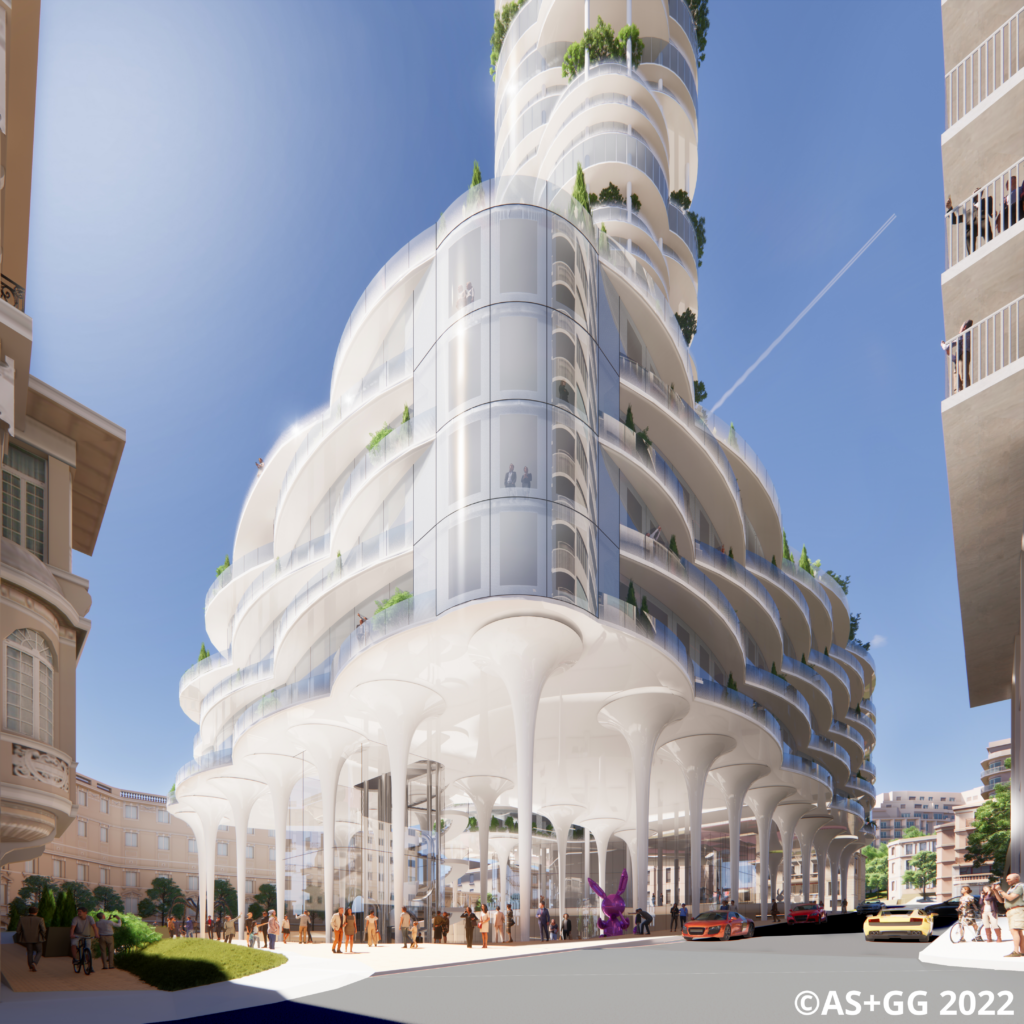
“Orbital Stack makes sense financially. Designers’ time is best spent designing, not running wind studies.”
Christopher Drew, Director of Sustainability, Adrian Smith + Gordon Gill Architecture
With a mission to create inspiring designs that “aid society, advance technology, and sustain the environment,” Chicago-based Adrian Smith + Gordon Gill Architecture (AS+GG) are often early adopters of new digital technology. Proponents of “performative architecture,” AS+GG’s Director of Sustainability, Christopher Drew, and Design Technologist, Hiram Rodriguez, were both keen to explore how Orbital Stack might inform early design to improve a proposed building’s long-term performance.
As members of the Chicago Architecture Technology Group, both Drew and Rodriguez are familiar with most of the existing climate-analysis tools on the market. And with their hands-on approach, they are also familiar with the limitations. Rodriguez confirms that a team goal is automation: “By leveraging cloud computing, designers can creatively explore options and integrate sustainability into tight design schedules.” A tool must be responsive and easy for team members to use, providing results quickly—before the design has moved on—while still proving cost effective. Bottom line: Designers need to feel confident in their choices and, so far, no tool had fulfilled these expectations.
Test runs
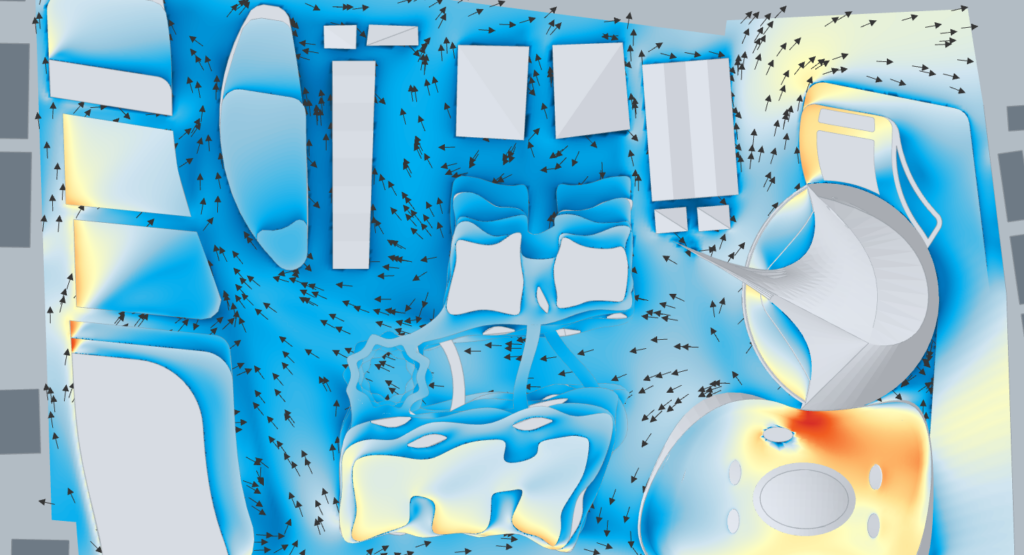
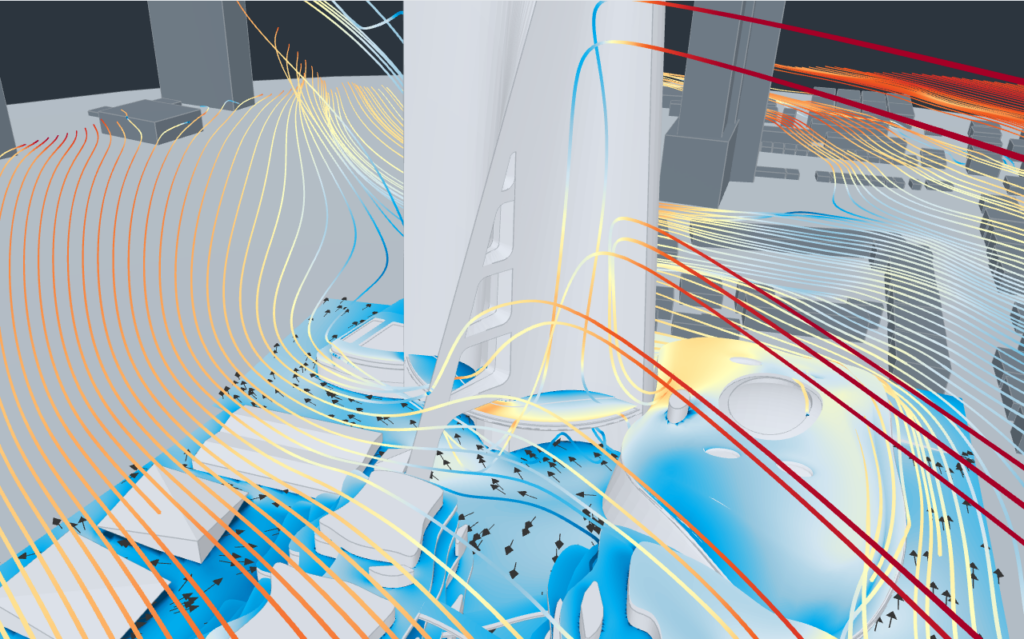
AS+GG recently ran two projects through Orbital Stack. The first included a tall, signature tower as part of a large-scale masterplan. Orbital Stack was used as a design tool to help shape the tower, as well as the surrounding building massings. AS+GG needed to understand how different design options would impact the total comfort of their project. For example, they wanted to see how the tower shape could be used to positively impact flows at ground level.
This first project is how AS+GG expects to primarily use Orbital Stack, yet for the second—a tower on a coastal hillside—the tool needed to validate the proposed design. AS+GG’s ambitious plans included lifting the tower to allow public access below, connecting other ground-level spaces for pedestrians. Healthy air movement would be critical to ensure that these spaces are always comfortable and appealing. Similarly, the wind movement on upper private terraces—with summer, coastal winds—had to remain in a comfortable range. Overall, good ventilation was key to ensuring this design met its low carbon goals.
“By leveraging cloud computing, designers can creatively explore options and integrate sustainability into tight design schedules.”
Hiram Rodriguez, Design Technologist, Adrian Smith + Gordon Gill Architecture
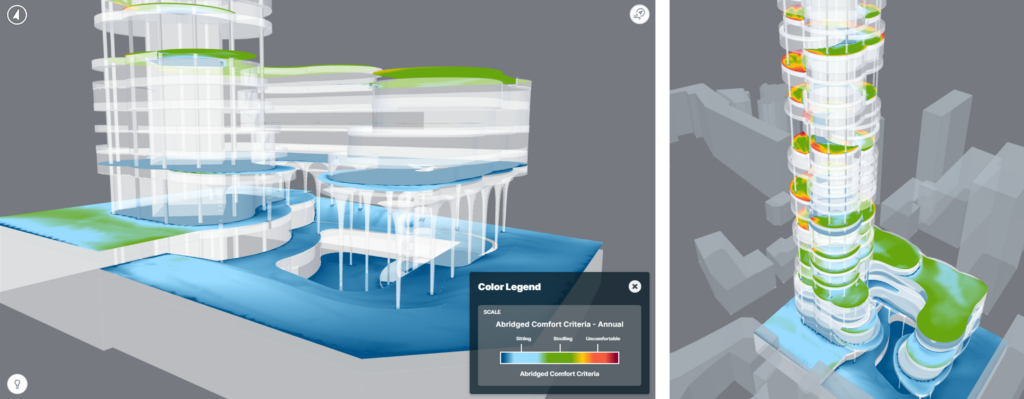
Expect the unexpected
It’s fair to say that both AS+GG and Orbital Stack were pleased with the outcome of these projects—but not all of the final results were expected. For project one, the platform confirmed that AS+GG’s concerns about wind impacts on some public spaces were accurate. The early assessments allowed them to adjust the width of certain passageways and reduce the height of some buildings to encourage better wind flows. For the second project, with its complex requirement of integrating into rugged, mountainside terrain, the AS+GG team were able to use the climate studies to make positive design choices for an iconic project.
Improved efficiencies
Yet, beyond climate results, running the second project with Orbital Stack also highlighted some interesting discoveries for AS+GG on a business level. With Orbital Stack’s compelling visuals and simple, uncluttered interface, AS+GG was able to share some of the final report graphics in their presentation to the client. Unprecedented for AS+GG, this highlighted an opportunity to improve business efficiencies. The easy-to-interpret results can expediate the decision-making process, supporting AS+GG by improving communications with clients.
Saving time and money
And despite a typical preference to do things themselves, the process of working with Orbital Stack also led to another discovery, which Drew confirms: “Orbital Stack makes sense financially. Designers’ time is best spent designing, not running wind studies.” In addition to performing the basic wind simulations, Orbital Stack identifies the appropriate climate data, doing the complex work of stitching together integrated wind and thermal comfort results that are easy to understand.
Moving forward, AS+GG expects to use the tool directly to creatively explore possibilities and experiment with early designs, but the price point of the tool means it makes more economic sense for Orbital Stack to run the detailed climate analyses. AS+GG designers can do what they do best—create inspiring, sustainable designs that better society—but with no more second-guessing climate assumptions.
Learn more about our vision and why RWDI turned Orbital Stack from a set of internal tools into a dedicated company.
